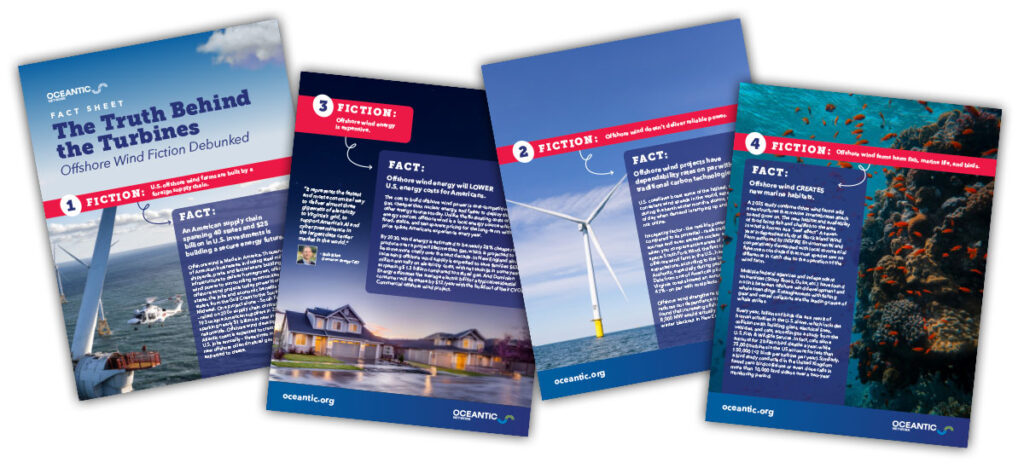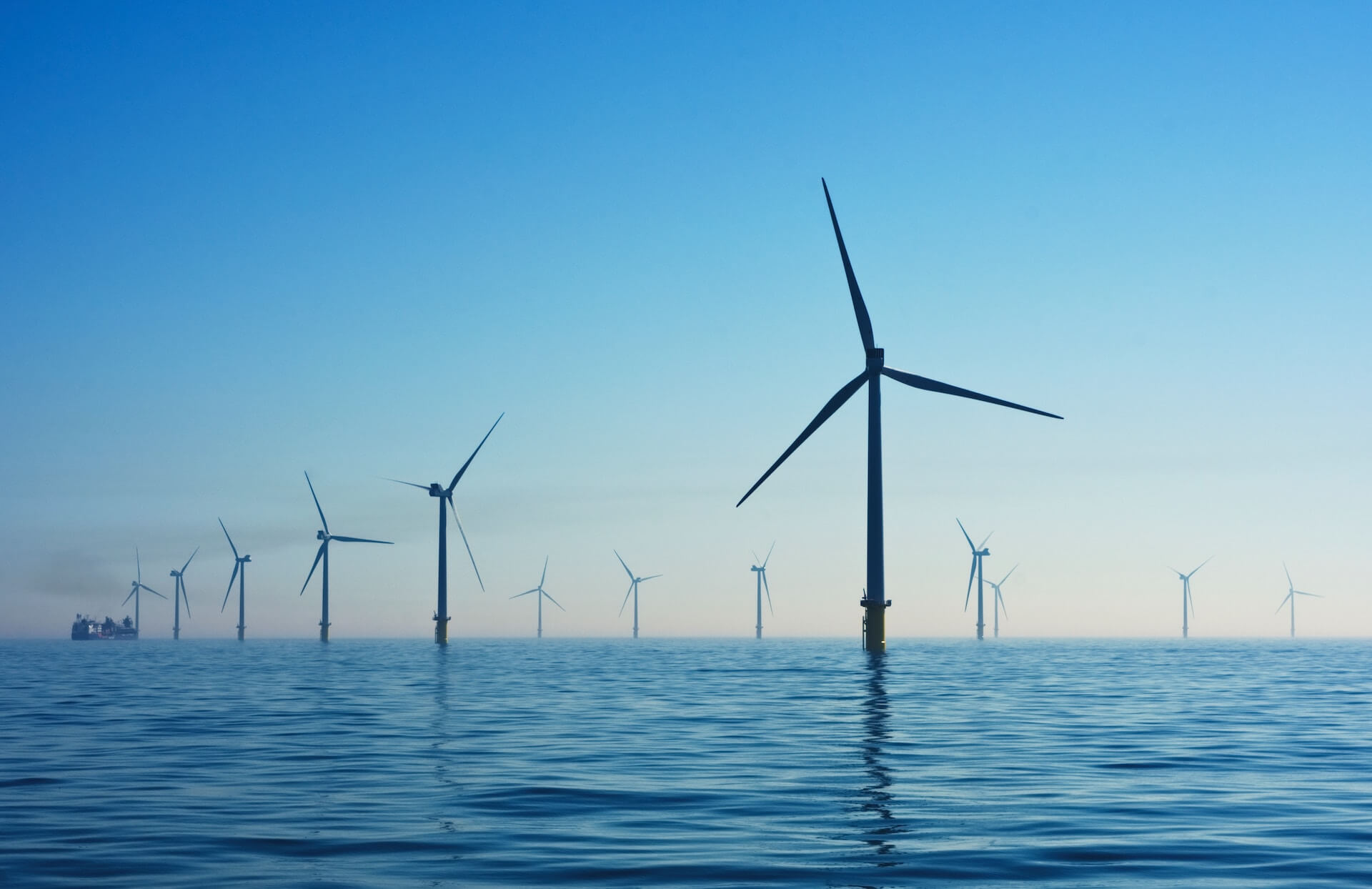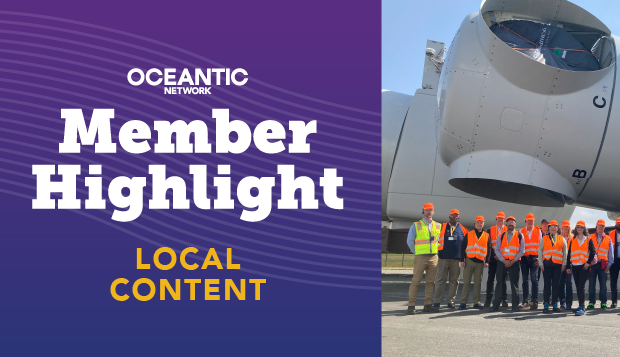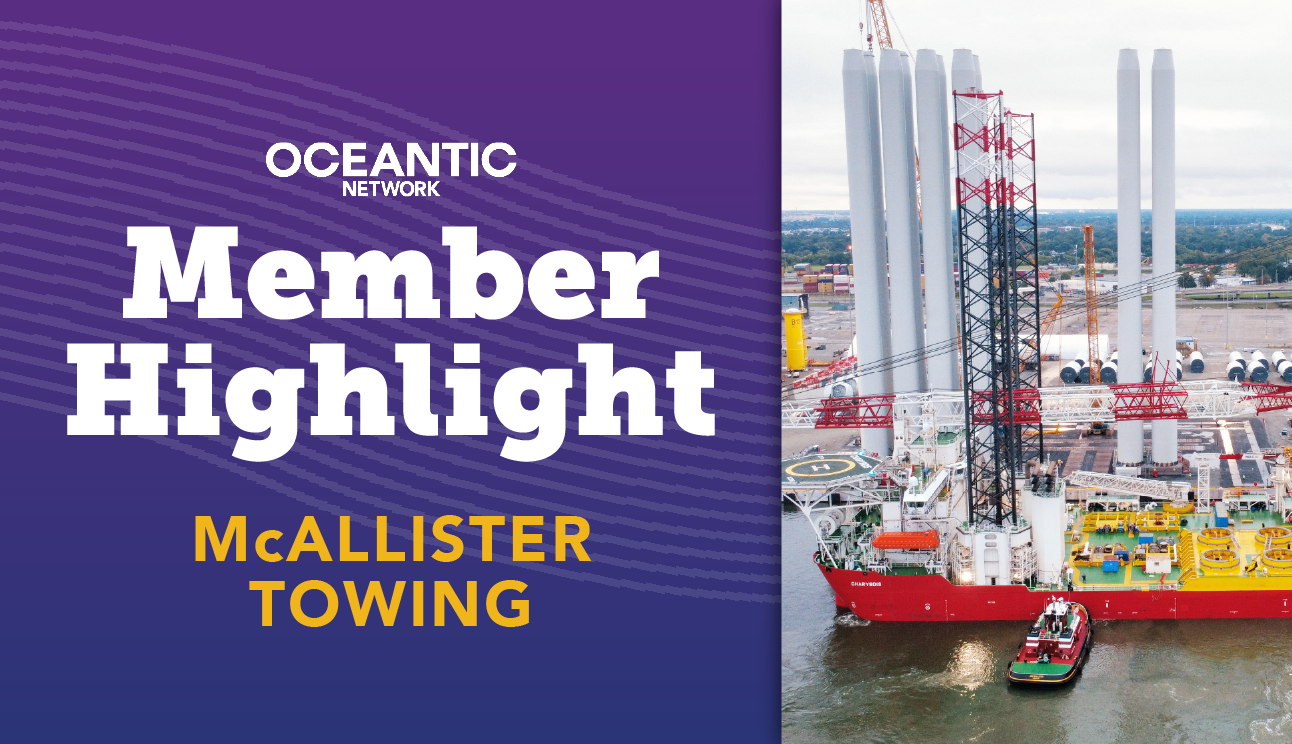
Offshore wind energy is transforming how America powers its homes, businesses, and communities—but not without facing a wave of myths and misinformation. Let’s clear the air and explore the truth behind this proven technology’s significant benefits for our economy, environment, and energy future.
Fiction: Offshore wind is more expensive than other types of energy.
Fact: Offshore wind is saving Americans money.
Unlike fossil fuels, which fluctuate wildly in price, offshore wind offers stable, predictable costs, ranking ahead of natural gas and conventional nuclear energy today. Thanks to innovation, it will cost nearly 28% less to produce than gas by 2030. Dominion Energy estimates that its Coastal Virginia Offshore Wind project will save consumers $3 billion in fuel costs over ten years and lower residential bills by $12 annually. In New England, where electricity costs increase substantially every winter, a recent study shows building offshore wind in the Northeast will save ratepayers between $1.32 to $2.68 a month. Reaching offshore wind targets could save families $630 million per year—with some years seeing over $1.3 billion in net savings.
Fiction: Offshore wind relies on foreign supply chains.
Fact: Offshore wind is made in America.
Thousands of U.S. companies across 40 states are working in the offshore wind industry, supported by $25 billion in domestic investments. Early projects like South Fork Wind have sparked nearly $1 billion in contracts across 19 states. Five commercial-scale projects are under simultaneous construction today, and at full buildout, offshore wind could create more than 56,000 jobs in America. Check out our Offshore Wind at Work Report showcasing the national economic transformation that is creating thousands of jobs, building a globally competitive workforce, revitalizing steel mills, shipyards, and ports, and delivering American-made energy.
Fiction: Offshore wind isn’t reliable.
Fact: Offshore wind delivers baseload-level, high-capacity power.
Offshore wind has a capacity factor – the real-life power output compared to its potential – that rivals traditional energy sources and even exceeds nuclear energy’s output when you compare active areas of exclusionary space. Offshore wind is especially productive when we need it most – during the harsh winter months, storms, or during the times of day that demand is ramping up and solar is not online. South Fork Wind, the first commercial offshore wind farm in the U.S., has exceeded expectations, according to the Long Island Power Authority, especially during peak winter demand. Data from one of America’s pilot projects showed an annual capacity factor of 47% – on par with coal plants – off the Virginia Coast.
Fiction: Offshore wind farms are a threat to national security.
Fact: Offshore wind farms undergo extensive review by the Department of War.
The Department of War (DoW) is involved in the review of all proposed energy or transmission projects in the U.S. In 2011, a clearinghouse was developed to become the single point of contact for Federal agencies, and State and local governments to facilitate DoW reviews of proposed projects to ensure they do not impinge on national security interests.
The process secures the input of military stakeholders, analyzing potential impacts to military operations, research, development, testing, training and readiness and considers potential impacts to radars, low-level flight routes and training areas, and vessel navigation. For land-based projects and offshore projects out to 12 nautical miles (nm) from shore, the formal Clearinghouse review process occurs when a developer files for its project permits with the Federal Aviation Administration. For projects on the Outer Continental Shelf (i.e. beyond 12 nm), the review process with DoW is embedded from the start. Clearinghouse coordination with the Bureau of Offshore Energy Management (BOEM) begins as potential lease areas are identified, through their finalization. Once a lease is awarded to a developer, project specific reviews are initiated to ensure specifications continue to be compatible with any military activities and assets. In fact, the feedback from DoW during the established process led to adjustments on the proposed lease areas in the New York Bight. Every offshore wind project in U.S. federal waters has completed this process, modified projects to address concerns, and received DoD approval before beginning construction.
Fiction: Offshore wind harms fish, marine life, and birds.
Fact: Offshore wind creates new marine habitats.
A 2025 study confirmed that wind farms add new structures that marine invertebrates attach to and grow on. The new habitat and availability of food bring fish and shellfish to the area in what is known as a “reef effect”. A seven-year independent study at Block Island Wind Farm authored by INSPIRE Environmental and cooperatively developed with local commercial fishermen concluded that most species saw no difference in catch due to the operation of the wind farm. In fact, cameras conducting post-construction surveys revealed a rich habitat surrounding each of the turbines at South Fork Wind Farm this summer, which is about 30 miles east of Montauk, Long Island. The waters there are teeming with life, even only a year or two after construction. Local anglers got to see it for themselves too. 🎣
Multiple federal agencies have found no link between offshore wind development and whale strandings. Entanglements with fishing gear and vessel collisions are the leading cause of whale strikes.
Every year, billions of birds die as a result of human activities in the U.S. alone, which includes collisions with building glass, electrical lines, vehicles, and cats, according to a study from the U.S. Fish & Wildlife Service. A UK study found no bird collisions during 352 hours of observation. Meanwhile, climate change threatens nearly 400 North American bird species. That’s why groups like the National Audubon Society support offshore wind.
Bottom line? Offshore wind works. It’s homegrown, cost-competitive, and ready to power America forward.
Download our fact sheet: The Truth Behind the Turbines – Offshore Wind Fiction Debunked




